This is a press release for a fundraiser at The Curran Homestead Living History Farm and Museum, a non-profit community organization, in Orrington, ME on April 4, 2009. We are now offering reservation times for sittings to the public for silhouette portraits on April 4 from 10AM-2PM at The Curran Homestead. Part of the proceeds will benefit The Curran Homestead. All the information is below, including a short history of the art form that once captured the faces of Mainers and New Englanders in the 19th century and graced the walls of their homes. In addition to the text, I have also included some photos of this artist's work below to go with the article.
If any further information is required, please feel free to contact me at 207-843-5550 or at this email address: rpschmick1@aol.com
In order to get this artist to come up to Orrington, I have to get at least 20 reservations for sittings by March 10. If you think you might be interested contact me. My wife and I will be getting portraits done again of our children by this artist. The two photos are of some portraits we had done in 2007. The Brewer Historical Society might sponsor such a fundraiser in the future, or find another art form from the past that would appeal to the public.
I recently included information about daguerreotypes and an idea for a public demonstration for the BHS. That demonstration might also include public sittings for daguerreotype portraits; I would be the first in line. Tell me what you think. If there are enough people among the membership interested I will seek out the qualified daguerreotypist and go from there with the planning of a fundraiser for BHS. The daguerreotypes don't go with the time frame of The Curran Homestead, so there is no conflict of interest. I am always cognizant of this issue.
Press Release
With few affordable heirloom quality gifts out there, The Curran Homestead Living History Farm and Museum is now taking reservations for appointments for sittings for handmade silhouette portraits by Jean Comerford of Portraits in Silhouette of Hardwick, MA on Saturday, April 4, 2009, 10AM - 2PM at the farm located at 32 Fields Pond Road in Orrington. Our 13th Annual Maple Festival & Irish Celebration will also be underway at the farm from 10AM-2PM with activities, food, stories, music, and more for both kids and adults. Admission to this event for members & donors will be $5 per adult and $3 per child (under 12) and for non-members $7 per adult and $5 per child (under 12). The cost of a silhouette portrait is $29 and $10 for copies. For an additional fee framing is available onsite. Members & donors will receive a 10% discount on their silhouette portraits. Part of the proceeds will benefit The Curran Homestead. For additional information and/or reservations for your portrait sitting on April 4, 2009, 10AM-2PM contact: Robert Schmick at 207-843-5550, or email: rpschmick1@aol.com .
This mother daughter portrait business features a portrait of a famous New Englander in Yankee magazine each month. They are among a handful of artists nationwide who continue this folk art tradition popular in the US and Europe from the late 18th until the mid-19th century. According to Dr. Robert Schmick, volunteer director of educational programs at The Curran Homestead, the silhouette portraits done by Ms. Comerford involve a set of very sharp and precise cutting scissors which she uses to snip out a profile of her subject from black paper which is then mounted on white card. What seems most amazing to watch is that through her skill she achieves a likeness in a matter of minutes.
Schmick added that silhouette portraits were available largely by itinerants as late as the 1870s, but they were most popular during the earlier antebellum era before photography became widespread. Framed family silhouettes would have been among the furnishings of rural Mainers throughout the 19th century. The State Museum in Augusta has had a large collection of silhouettes of antebellum Mainers on display.
Benjamin Franklin referred to the folk art form as “shade” in a letter to his wife, and this, along with “profile,” were common identifications among others in the late 18th century on both sides of the Atlantic. The art form’s current name comes from Etienne de Silhouette, a general controller for the French government, who had the distinction of being both economic to a fault and passing much time snipping out profiles from paper. The popular and inexpensive shadow portraits were known in England by the name “silhouette” by the 1820s as evidenced by the advertisements of Auguste Edouart. Although single portraits with white backgrounds were the norm, this artist was among those who created elaborate backgrounds with ink washes especially for compositions that included multiple familial portraits like one dating from 1842 at the Winterthur Museum in Delaware.
Silhouettes were both cut and painted, and there were a number of ingenious methods employed from the start to achieve the desired profile likeness. Some required far less skill than others. “Shadowgraph” was yet another given name for the “likeness in bust” that characterized most examples, and this was derived from a mechanical device that cut out a profile in the middle of a sheet of paper. The hollowed out sheet was then adhered to a black or colored sheet that accentuated the profile. There were also full length portraits of individuals available too, and some of these are almost comical in their exaggeration of individual characteristics. The early American artist Charles Willson Peale is known to have offered silhouettes portraits at one of his museum in Philadelphia, one of America’s first.
Portraits in America were largely realized by itinerant artists throughout the 18th and 19th centuries, excluding the few who found early patronage and fame. These itinerants were known to practice a variety of skills to make a living from their town to town and sometimes farmhouse to farmhouse travels. Broadsides and the local papers would advertise the availability of their skills for hire, and exhibitions of their silhouettes were not uncommon at the local inn. With the “sheet method,” a life size shadow produced by candle light, would be traced and then reduced to a preferred size through the use of a contraption called a “pantograph.” Miniature profiles could be produced for lockets or to adorn snuffbox lids. The price of a silhouette, as advertised by William King of Salem, MA in 1804, was “twenty five cents for two likenesses of one person.” King claimed to have traversed New England plying his skills in Boston, New Hampshire, and as far north as Portland. Within a two year period, he advertised that he had made some “twenty thousand profiles,” and if that wasn’t enough of a boast he further claimed to do a likeness in “six minutes.”
Such boasting and showmanship was not uncommon for these “hollow cutters,” as they were often called, incorporating as much flourish and theatrics as they could while doing portraits often before a crowd. This propensity was no better exemplified than by the “Master Sanders K.G. Nellis,” a paraplegic, who with “scissors in toes cut valentines and watch papers very ingeniously, and will also cut the likeness of persons very correctly.” He would also shoot bow and arrow, play the cello, and write with the only limbs he was born with according to an 1836 Salem newspaper advertisement.
Robert Schmick, Ph.D., Director of Education, The Curran Homestead, PO Box 107, Orrington, ME 04474-0107, Tel. (207) 843-5550, Email:rpschmick1@aol.com, website: http://curranhomestead.org
Friday, February 27, 2009
Subscribe to:
Post Comments (Atom)

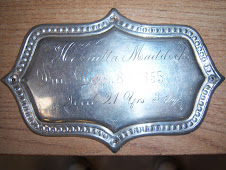
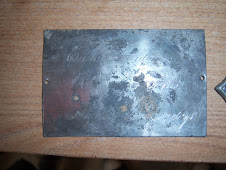







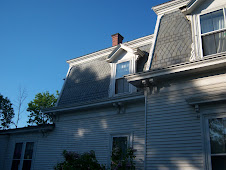





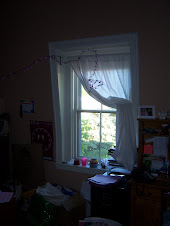






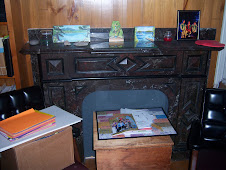






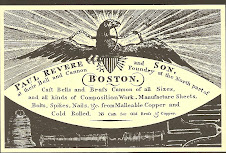



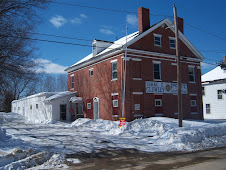

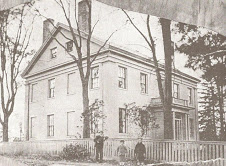













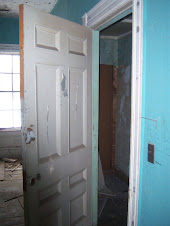


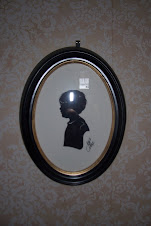

No comments:
Post a Comment